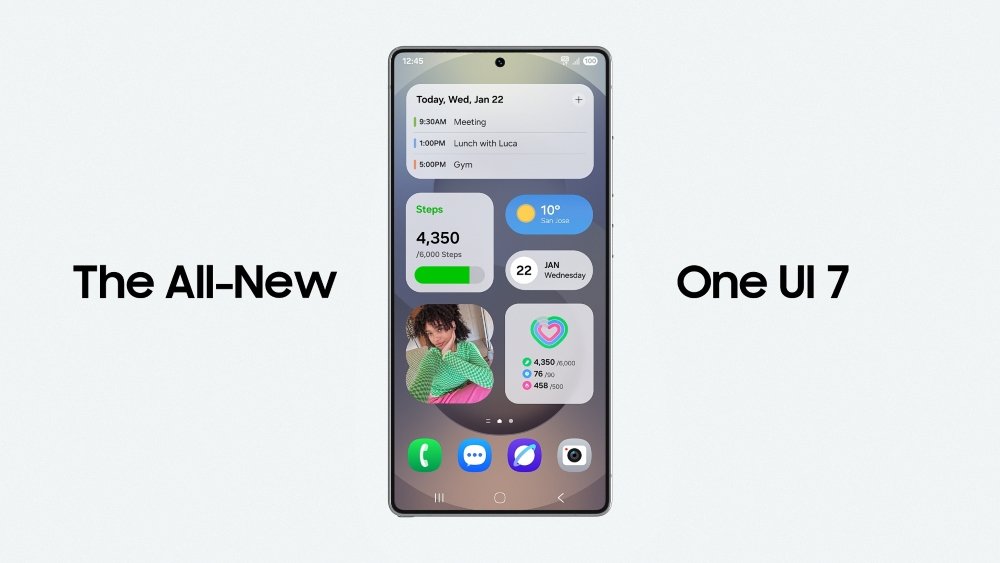By Ahmed Siddique
The rollout of One UI 7 began in April 2025, following its initial release on Samsung’s flagship device, the Galaxy S25 Ultra. This major software update brought new features, improved visuals, and enhanced functionality.
However, initially, the update was limited to flagship models, including devices such as the Galaxy S24 Ultra and the Tab S10 Ultra. These high-end devices were prioritized due to their powerful chipset capabilities, which are better suited to handle the demands of the new software.
In March 2025, Samsung began extending the rollout to slightly older flagship devices such as the Galaxy S23 series. While many users welcomed this expansion, midrange devices—particularly the Galaxy A and M series—had yet to receive the update. This delay raised concerns among users of these models, who were eager to access the latest features and improvements.
READ MORE: BIG LAUNCH: Realme GT 7 Series impresses with Power and Design but misses a few marks
However, the rollout was not without issues. Shortly after updating, many users with flagship devices began reporting significant battery drain. Phones that once lasted all day were suddenly running out of power much faster. This problem appeared to be linked to a change in background optimization within One UI 7, which caused more apps to remain active in the background, thereby consuming additional battery power.
Now, Samsung is preparing to release the stable version of One UI 7 to a broader range of older and midrange devices, including the Galaxy A54, A14, A15, A55, and M55 series. Users hope that any battery-related issues will be addressed before the wider rollout.


